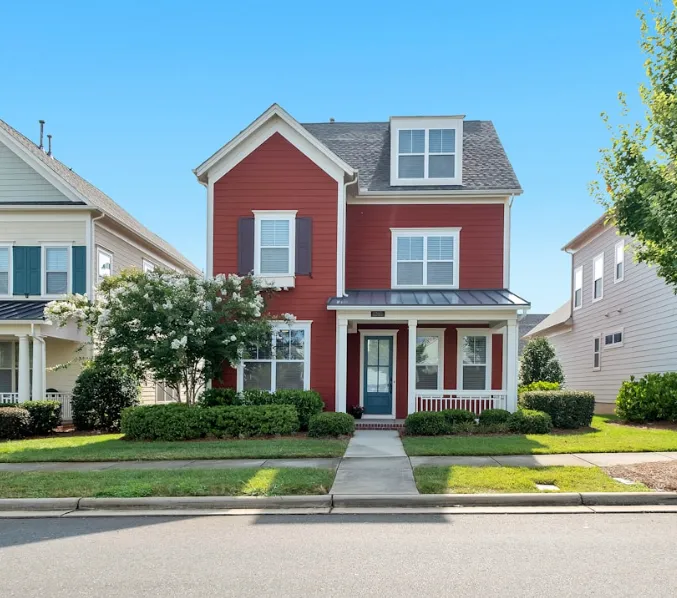Losing your homeowners insurance coverage can be stressful, but it’s a problem you need to address quickly. As long as you pay your premiums on time, your policy remains active. But if payments are missed or other issues arise, your insurer may cancel your coverage, leaving you without protection. A lapse means you are uninsured, and during that period, you would be responsible for all damages or losses out of pocket.
What Causes a Lapse in Coverage?
There are several reasons why homeowners insurance might expire:
- Missed or late premium payments
- Providing false or incomplete information on your application
- Significant changes to the condition of your home that the insurer deems too risky
- Leaving your house vacant for more than 30 days without notifying your insurer
- Failing to complete required repairs, such as fixing a roof or installing safety features
- Filing multiple or costly claims
- Living in a high-risk area where insurers are withdrawing due to disasters like floods or wildfires
Regardless of the reason, the result is the same: no insurance coverage. That means if a storm damages your roof or worse, you’re paying entirely out of pocket.
How It Affects Your Future Insurance
A gap in insurance doesn’t just leave you unprotected—it can also make it harder and more expensive to secure a new policy. Your mortgage lender may even purchase a lender-placed policy on your behalf. While this protects the bank’s interest in your home, it comes at a steep price and offers limited coverage compared to standard homeowners insurance.
When applying for a new policy, insurers may see you as a higher-risk customer, which often results in higher premiums. In some cases, companies may even refuse to cover you at all.
Steps to Take After a Lapse
The most important thing is to secure new coverage immediately. Here’s how:
- Get quotes quickly – Compare options from different insurers and choose a policy that takes effect right away.
- Be truthful in your application – Any misinformation can lead to another cancellation or higher rates.
- Notify your mortgage lender – Provide them with your updated policy details to avoid forced coverage.
- Explore state-backed options if needed – If private insurers turn you down, contact your state’s insurance department about residual market carriers or check whether you qualify for a FAIR (Fair Access to Insurance Requirements) plan. While these policies are usually more expensive with fewer benefits, they are better than having no coverage.
Can You Prevent Cancellation?
Sometimes, a policy can be saved even after a cancellation notice. For example, if the insurer required home repairs and you’ve completed them, showing proof might reinstate your coverage. Always ask your insurance company if there’s a way to keep your policy active before assuming it’s too late.
How to Save on a New Policy
Even after a lapse, there are ways to keep costs manageable:
- Bundle home and auto insurance for multi-policy discounts
- Opt for a higher deductible to lower premiums
- Install security systems or safety features that reduce risk
- Reassess your personal property coverage limits to avoid over-insuring
Final Thoughts
Homeowners insurance is not optional—it’s essential protection for your biggest investment. Allowing coverage to lapse puts you at financial risk and complicates your ability to get affordable insurance in the future. Always stay current on your payments, and if you’re struggling, reach out to your insurer before it’s too late. Acting quickly can save your home and your financial stability.











